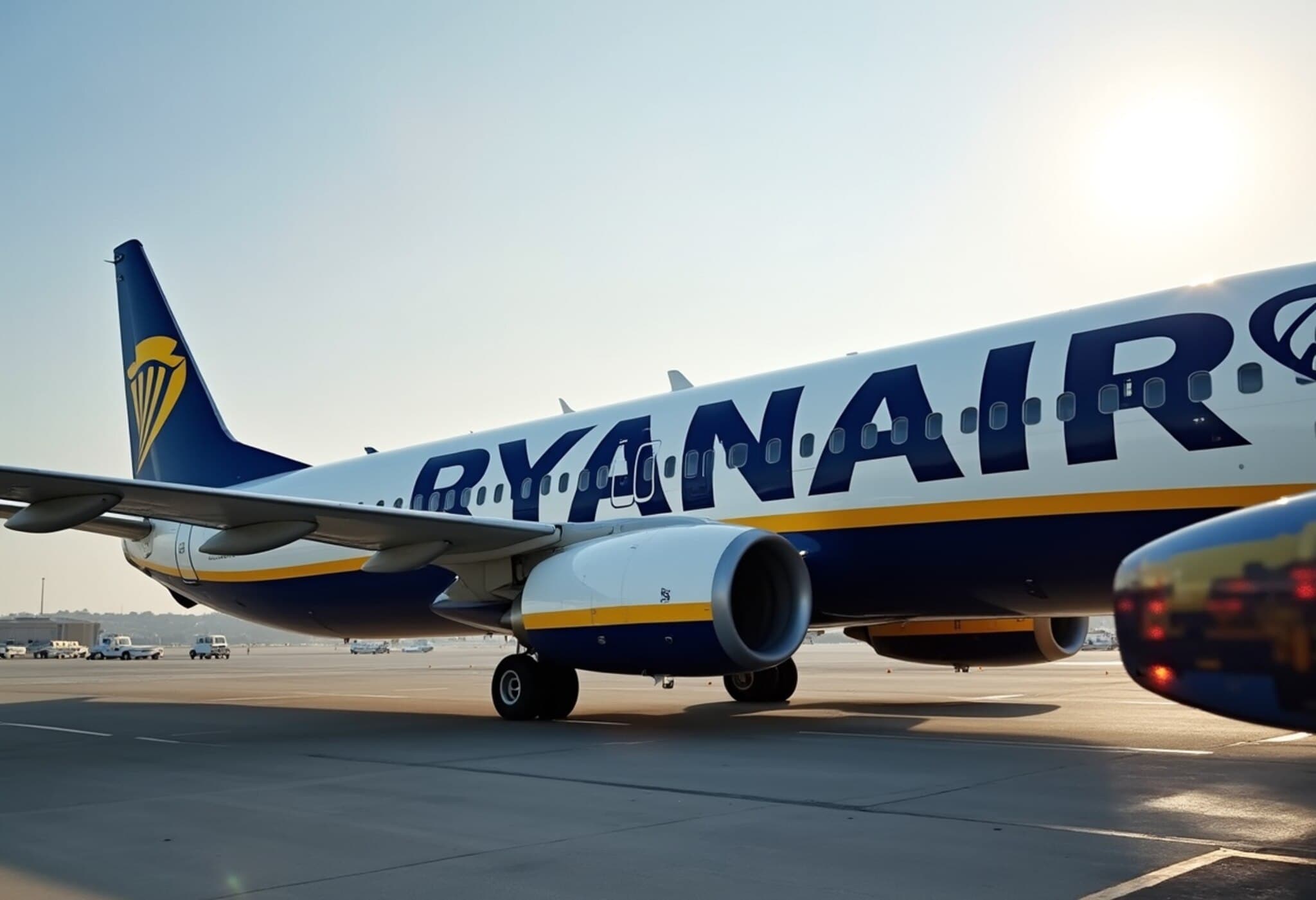UK Air Traffic Control Glitch Grounds Flights Nationwide
On Wednesday, a sudden technical malfunction within the UK’s air traffic control system sparked widespread flight disruptions across key airports, notably affecting London’s Heathrow, Gatwick, and Edinburgh. The scare, briefly clouding one of Europe’s busiest aviation hubs, was swiftly addressed, allowing flight operations to gradually return to normal.
Incident Overview and Recovery
The UK's primary air traffic controller, NATS, announced the issue around 20 minutes prior to resolving the situation, reassuring travelers and industry stakeholders through their official X account that their systems were fully operational and capacity was normalizing.
“Departures at all airports have resumed and we are working closely with airlines and airports to clear the backlog safely,” NATS stated, offering an apology to affected passengers.
Airports Impacted
- Heathrow Airport: The largest UK airport temporarily halted flights following technical difficulties at the NATS Swanwick control center, prompting advisories for passengers to verify travel status with airlines.
- Gatwick and Edinburgh: Both airports confirmed restoration of regular operations after the disruption.
- London City Airport: Experienced similar issues, though precise outage length remains unclear.
Historical Context and Financial Stakes
This event echoes a similar disruption in August 2023, when failures in the automatic flight plan processing system caused extensive delays across the British airspace. Back then, the fallout hit the aviation industry hard, with airline executives estimating refunds and compensation losses exceeding £100 million ($133 million).
Following last year’s incident, the UK Civil Aviation Authority urged NATS to strengthen contingency measures, spotlighting the critical need for robust technological safeguards in managing increasingly congested air traffic.
Expert Insight: Why Resilience in Air Traffic Control Matters
Modern airspace management depends heavily on sophisticated digital systems that coordinate thousands of flights daily. Even brief disruptions ripple through vast networks, amplifying passenger frustration and economic consequences. As British skies grow busier year over year, authorities face mounting pressure to invest in resilient infrastructures that can mitigate technological failures.
Moreover, with Heathrow serving as a central hub connecting transatlantic and global flights, its vulnerability during outages raises broader questions about national security and emergency responsiveness in aviation.
Looking Forward: Building Safer Skies
The incident urges policymakers and industry leaders alike to prioritize strategic upgrades and transparent communication—a vital step not only for passenger confidence but also for the UK's position in global aviation.
As the aviation sector navigates post-pandemic recovery, technological reliability and crisis preparedness remain non-negotiable pillars to avoid costly delays and preserve international trust.
Editor’s Note
This latest disruption serves as a cautionary tale underscoring the critical importance of resilient air traffic management systems. Apart from immediate inconveniences, such outages highlight systemic vulnerabilities with cascading economic impacts. Future resilience will depend on how swiftly and comprehensively UK aviation authorities implement lessons learned, ensuring that technology setbacks do not ground the nation’s connectivity.
Readers are encouraged to reflect on how technological dependencies shape modern travel—and what it means for safety, trade, and the flow of people in an interconnected world.











